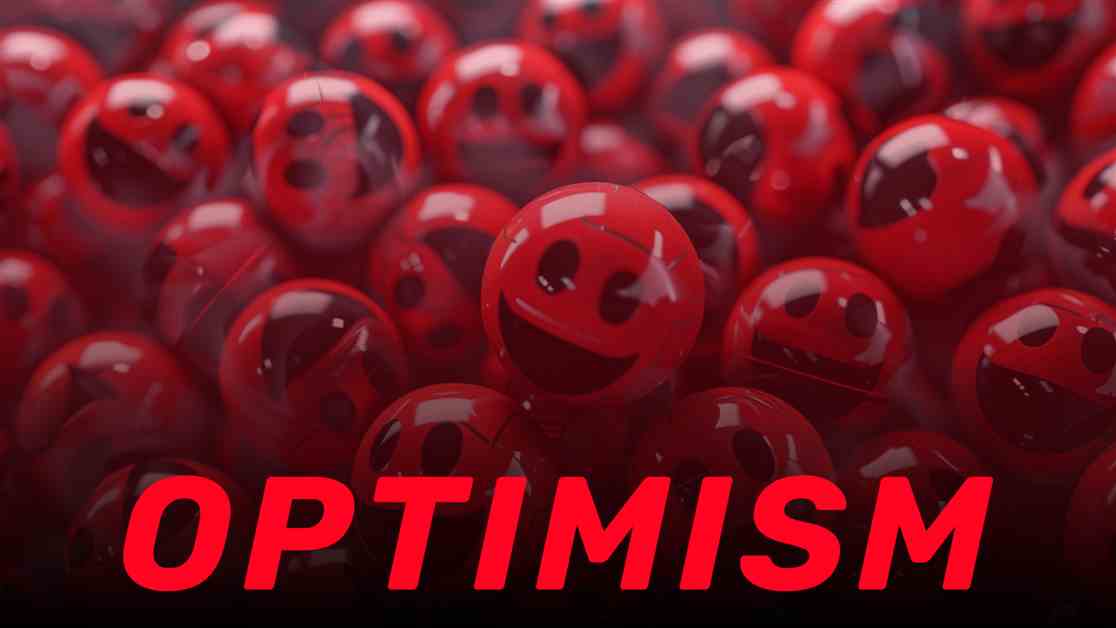Optimism is a Layer 2 network that works with Ethereum to make transactions faster and cheaper. It uses an “optimistic rollup” method where transactions are processed off-chain and then posted on-chain in batches. This reduces fees and speeds up transactions compared to Ethereum’s mainnet.
The $OP token is used for governance on the Optimism network and can be bought or sold on exchanges like Coinbase. Transactions on Optimism are typically ten times cheaper than on Ethereum, thanks to lower fees and faster processing times.
Optimism generates revenue through sequencer fees and blockspace demand. Sequencer revenue is used to fund public goods like developer tools and infrastructure. The Optimism network also includes multiple chains like Base, Fraxtal, and Mode, all part of the “Superchain” ecosystem.
Users can interact with the Optimism network through wallets like Coinbase Wallet and MetaMask. They can use the Optimism Bridge to transfer assets from Ethereum to Optimism and access DeFi platforms like Uniswap and Synthetix.
It’s important to be cautious when transferring assets between Ethereum and Optimism to avoid losing funds. Withdrawals from the Optimism network can be done using the official bridge or third-party bridges for a wider range of tokens.
The $OP token has seen significant trading volume on exchanges like Binance and DigiFinex, with a market cap of $2.2 billion. Optimism faces competition from other Layer 2 solutions like Arbitrum, Polygon, and zkSync, each offering unique features to scale Ethereum.
Overall, Optimism is a promising solution for enhancing Ethereum’s scalability and user experience. With a supportive community and continuous technological advancements, Optimism is well-positioned for the future.




